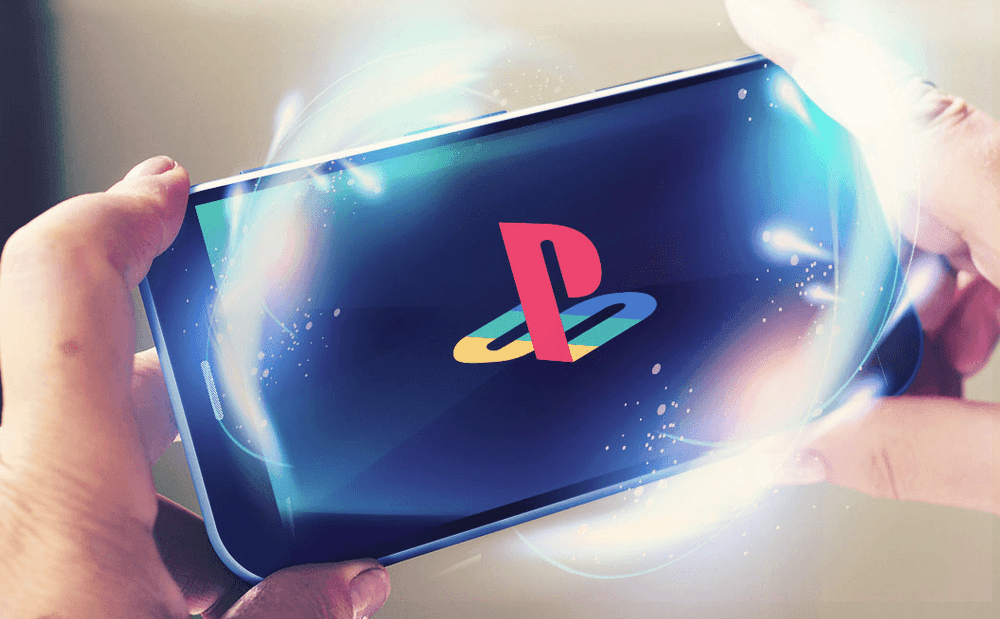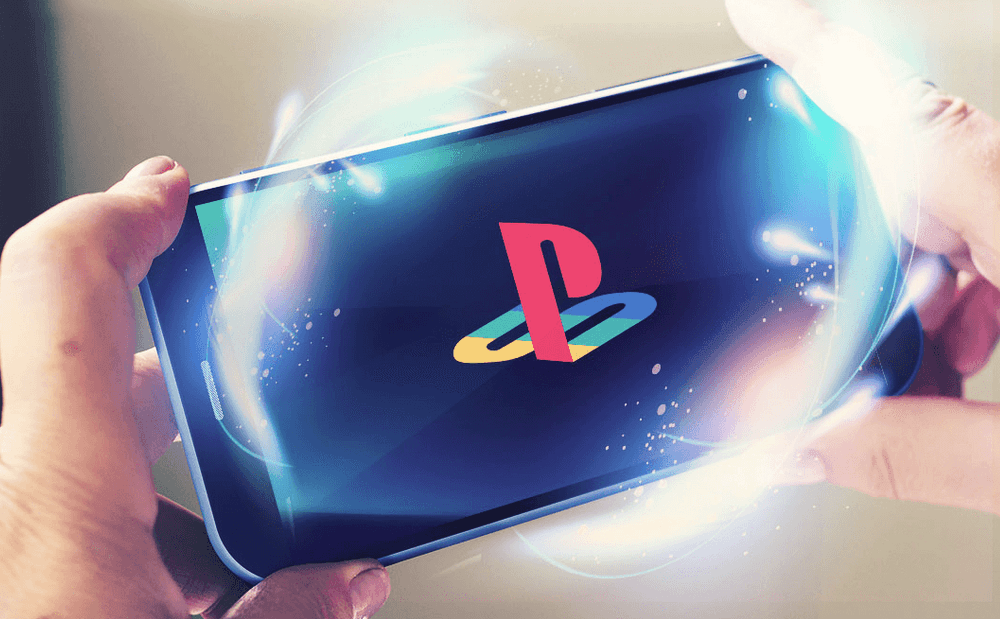Gaming on the PlayStation 4 has come a long way, and it’s remarkable to look back at how far graphics have advanced since its first launch. In this blog post, we will explore the journey of gaming graphics throughout the PS4 generation and dive into how both console and mobile games have evolved in artistry, technology, and power. From stunning visuals to more realistic gameplay, we’ll examine why video games are now more immersive than ever!

The Evolution of Gaming Graphics: A Brief History
The evolution of gaming graphics is a captivating testament to technological growth. It began in the 1970s, the era of arcade games and 8-bit graphics, where players were thrilled by basic pixelated images. From there, the 1980s and ’90s introduced us to home consoles like the Nintendo Entertainment System (NES) and Sega Genesis, giving birth to iconic franchises such as Mario and Sonic and further refining gaming aesthetics.
The 2000s era saw a quantum leap with systems like PlayStation 2 and Xbox, which brought 3D graphics, lifelike characters, and complex environments into our living rooms. Each generation of consoles pushed the envelope further, and today, we’re enjoying hyper-realistic graphics that make it hard to distinguish between the virtual and real world. This journey has not just been about prettier pictures but about creating immersive experiences that captivate players’ imaginations.
The PlayStation 4: A Leap in Gaming Graphics
The PlayStation 4 represented a significant leap forward in gaming graphics when it debuted in 2013. Its powerful hardware allowed for high-definition visuals, detailed textures, and dynamic lighting effects far from its predecessors.
The launch titles, including ‘Killzone: Shadow Fall’ and ‘Assassin’s Creed IV: Black Flag,’ showcased the PS4’s superior graphical capabilities with their intricate environments and lifelike characters. As the years progressed, game developers harnessed the power of the PS4 even more to push the boundaries of visual storytelling. Standout games like ‘God of War,’ ‘The Last of Us Part II,’ and ‘Red Dead Redemption 2’ exemplified the PS4 era with their stunning graphics, immersive worlds, and meticulous attention to detail.
Mobile Gaming: Not Just Play on the Go
Simultaneously with the rise of console gaming, mobile gaming has carved a niche, transforming the perception of games from mere pastimes to an integral part of our digital lives. With the proliferation of smartphones, games were no longer confined to consoles or PCs; they were in everyone’s pockets.
This accessibility and technological advancements ushered in a new era of mobile gaming graphics. Early mobile games like Snake or Pac-Man were simplistic but enjoyable, relying more on gameplay than aesthetics. However, the graphics in mobile games have come a long way since then. Today, games like ‘PUBG Mobile,’ ‘Infinity Blade,’ and ‘Asphalt 9: Legends flaunt high-definition visuals, realistic physics, and smooth performance that was once unthinkable on a mobile platform.
These games measure up to console standards in terms of storyline and gameplay and showcase impressive graphics that compete closely with their console counterparts. Furthermore, the mobile gaming industry has even adopted popular sports franchises in their games. A prime example is incorporating the NFL daily fantasy odds in various sports-themed mobile games, bringing a new layer of realism and strategic planning to the gameplay. This convergence of console-level graphics, engaging gameplay, and real-world integration signifies a promising future for mobile gaming.
The Convergence of Console and Mobile Gaming
The convergence of console and mobile gaming is a trend that has been gaining momentum over recent years. As mobile devices evolve in power and capabilities, the gap between console and mobile game graphics is constantly narrowing. This has led to almost indistinguishable games played on a console or mobile device.
Notably, the release of cloud gaming services, such as Google Stadia and Microsoft’s xCloud, has blurred the line even further, allowing players to enjoy console-quality games on their mobile devices. In essence, console and mobile gaming are no longer separate entities but are becoming extensions of each other. This convergence has expanded the gaming audience, with mobile games reaching demographics not traditionally targeted by console games.
This post didnt have a specific author and was published by PS4 Home.

